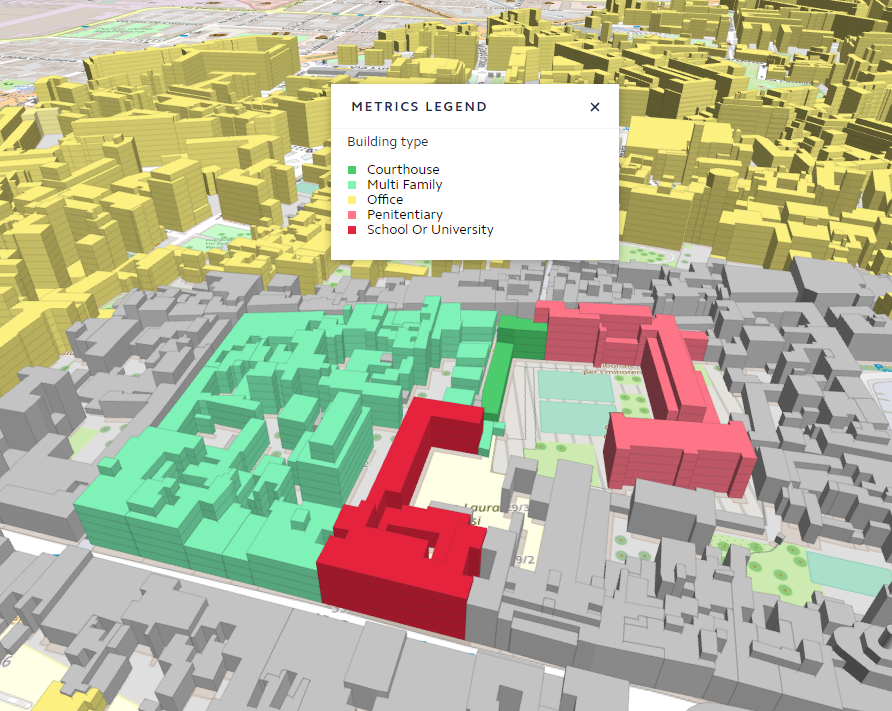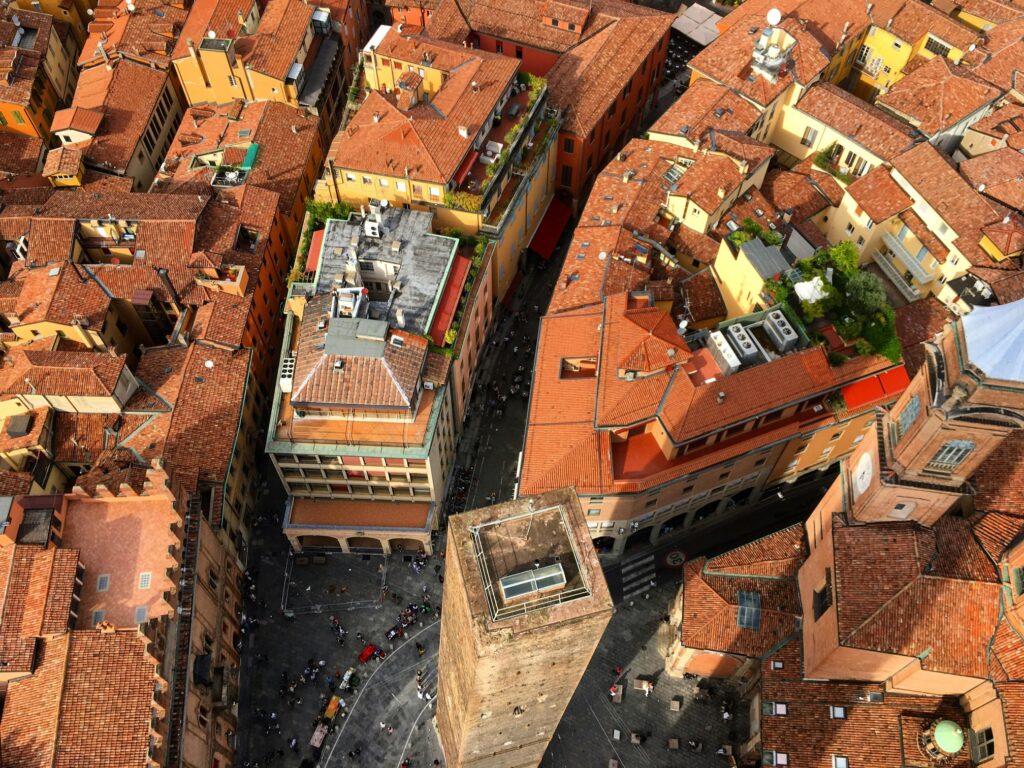Case Studies and Analysis – Bologna
R2M Solution, in collaboration with the University of Bologna, has released a new publication showcasing the Bologna case study on the use of Urban Digital Twins (UDTs) as an innovative resource for cities and the built environment to efficiently and effectively achieve climate neutrality goals. This article highlights the positive outcomes of the Bologna experiment, the methodology used to overcome challenges, and the barriers associated with implementing such innovative technology.
Recent research by ENEA, in collaboration with the Ministry of Economy and Finance (MEF), on the state of the national building stock (August 2024) reveals that 60% of residential buildings are over 45 years old, making them highly energy-intensive. Bologna, as part of the European Cities Mission for 100 Climate-Neutral and Smart Cities by 2030, is at the forefront of achieving climate neutrality. The Urban Digital Twin is emerging as a key tool to address the complexities inherent in the energy and digital transition of cities.
The Urban Digital Twin: A Holistic Framework Connecting stakeholders and different actors
The Urban Digital Twin plays a crucial role in integrating smart grids within smart cities and is a valuable ally in planning Positive Energy Districts. However, it represents an evolution beyond the traditional smart city concept. The UDT is an innovative tool that addresses critical and necessary issues such as improving neighbourhood energy efficiency, producing renewable energy locally, creating energy communities, and electrifying mobility. These elements challenge the multidimensional energy management system, for which the use of a UDT allows unprecedented insight into the phenomena and their evolution.
Challenges in Implementing a UDT
Integrating data from various sources—such as cadastral records, 3D models, electricity and gas consumption, renewable energy production, and building energy performance certificates—requires specific methodologies. This process involves overcoming challenges, including data collection and reuse, many of which involve private ownership or lack interoperability, raising significant privacy and ethical concerns. Similar difficulties have been encountered with the Digital Building Logbook and public administration planning processes using digitalization, such as in social housing cases.
UDT Experimentation in Bologna for CityxChange with Energy Modeling Provided by R2M

In 2023, the Municipality of Bologna and the University of Bologna participated in the European-funded CityxChange project. R2M Solution, a technological partner in the project and part of the “Smart Cities and Communities” program, tested the scalability of software and methodology used in the study of Positive Energy Blocks, initially developed in Limerick (Ireland) and Trondheim (Norway).
The experiment extended to five Italian cities (Milan, Bologna, Cesena, Udine, and Crispiano) intending to design decarbonization and energy management scenarios applicable from the block level to the district level, offer a valid methodology for cities to accelerate their energy transition path and meet the 2030 targets.
The paper developed in collaboration with the University of Bologna illustrates the application of this energy modeling framework, demonstrating the effectiveness of the innovative use of Digital Twin technology in the energy transition.
In the case of Bologna, the Pilastro-Roveri district and the Pratello/Sant’Isaia area were examined. These two zones differ in location, morphology, building types, population, socioeconomic realities, and functions. The former consists of a residential area (Pilastro) and an industrial area (Roveri), while Pratello and Sant’Isaia are located within the historic city center.
The specific use of software enabled the creation of a simplified and thematic Digital Twin (DT) for urban areas, integrating various types of data for comprehensive urban energy modeling. This approach supports the development of targeted decarbonization strategies, taking into account the specificities and constraints of historic city centers.
+CityxChange's scalable methodology
This multiscale analysis and simulation methodology is extremely useful as it guides strategies for retrofitting, efficiency, and decarbonization, even without detailed data. To create a model, essential data such as simplified building geometry, their use, and climate data are sufficient. In the case of Bologna Pilastro, priority data were used, with the possibility to refine the results if more specific information is available.
The three-dimensional model was generated using IES iCD software, a Sketchup plug-in based on GIS from OpenStreetMap. Considering the year of construction, number of floors, formal characteristics, use type, and exposure, it was possible to estimate the energy consumption of the buildings and the area examined.
A pre-intervention baseline (KWh/sq.m per year) was created, and intervention scenarios were simulated, including passive measures (like thermal insulation) and active ones (like replacing the heat generator). It was also possible to assess the installation of photovoltaic panels based on the roof’s inclination and exposure, quickly generating alternative intervention scenarios for a complete evaluation of the most suitable solutions.
The proposed scenarios and solutions are highly valuable not only for construction sector professionals to design innovative buildings but also for public administrations and citizens to plan more informed urban and mobility plans that precisely address the needs of a particular district.
Read more about the Bologna case study and consider including Digital Twin technology in your next project!
More information on IES ICL

























